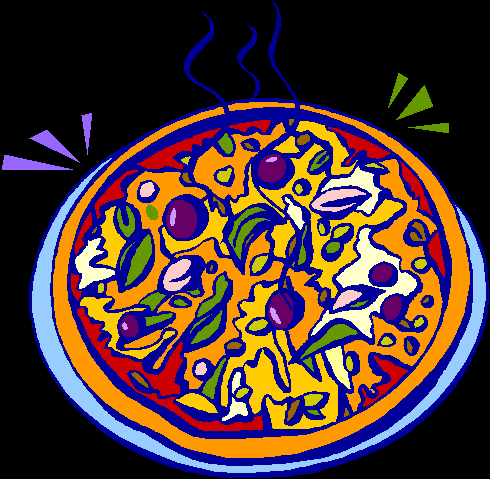Life of Fred: Statistics Expanded Edition offers a year of college-level statistics.
What no other statistics book (that I know of) has: the Emergency Statistics Guide.
Suppose you have a situation and you want to apply some statistics to it. It could be a population from which you would like to know what sampling might yield. It could be a sample, and you want to know what the population might be that gave that sample. It could be a couple of samples, and you want to compare them. It could be three or more samples, and you want to see how they fit together.
Question: How in the world do you open a "regular" statistics book (either to the Table of Contents or to the Index) and figure out which of the 46 popular statistics tests to use.
Answer: You can't.
Instead, you turn to the Emergency Statistics Guide in the Life of Fred: Statistics book. You answer the questions (such as: One sample or two?) and follow the flow chart.
It will tell you exactly what test to use. It will tell you exactly what page in the textbook the test is explained on. It will tell you exactly which table (in the back of the book) to use. And it will tell you where it's listed in the Field Guide.
Field Guide? What's that?
You may have seen field guides for birds. Each page describes a particular bird and gives all the details. Isn't it about time statistics books did that? Life of Fred: Statistics does exactly that.
Each of the 46 tests is described on a separate page. You are told . . .
- The name of each test
- The type of test it is
-
The type of data involved (nominal, ordinal, interval, or ratio)
- The special features of the test
- The variables you already know
- What the test will tell you
- The procedure or the formula to use and best of all . . .
-
An example of the test using pizza.

Not too many statistics textbooks offer an example of the Two-Factor ANOVA—One Observation per cell—test involving pizza!
![]()
The 576 pages cover one Saturday
morning in the life of Fred. In his everyday life Fred will run into the need for every kind of statistics. Each time we do a little statistics, we see how it helps him get through his morning.
We start at the beginning with simple descriptive statistics (averages, standard deviation, etc.) and then do some probability, including conditional probability with Bayes’ Theorem.
Next comes inferential statistics—the heart of statistics—in which we study a zillion different procedures. We describe each in detail and tell you when and where each test is appropriate. You get plenty of worked-out examples for each test.
All the popular tests such as the Normal Distribution and the Chi-Squared Test are included. Many advanced tests such as the Kolmogorov-Smirnov Test and the Two-Factor ANOVA for multiple observations per cell are covered. When the Chi-Squared Test won’t work because the sample sizes are too small, we turn to Fisher’s Exact Test. Most beginning statistics books don’t include that test.
We have one test that no other statistics book mentions—at least not until future authors copy it out of this book. It deals with a small sample from a binomial distribution.
Suppose, for example, a new species of fish is discovered in the ocean and of the first ten caught, three had red fins. What is the number of red-finned fish you might expect if you caught 10,000? [Answer: 95% of the time, you would expect between 1093 and 6096.] This question would stump most statistics teachers (who don’t have a copy of this book).
After the descriptive and inferential statistics, we spend the last hour or so of Fred’s morning working with regression equations including nonlinear curve fitting and logistic regression.
Click here to return to the Frequently Asked Questions page.
Click here to return to the Home Page.